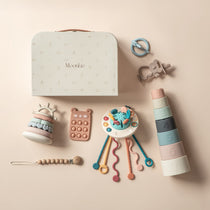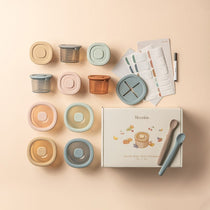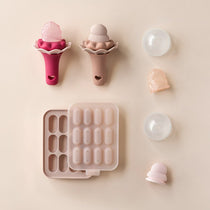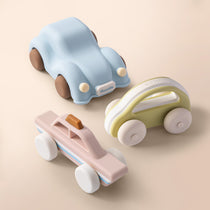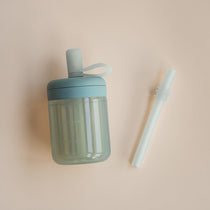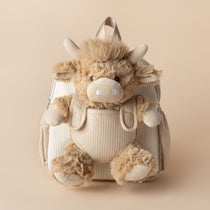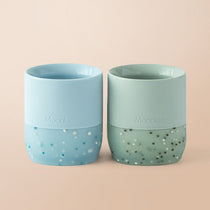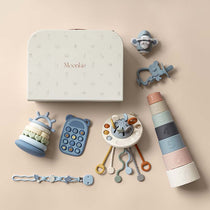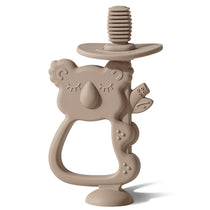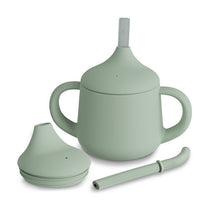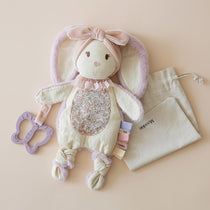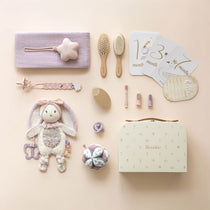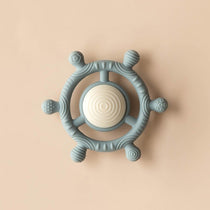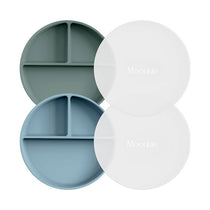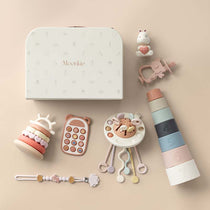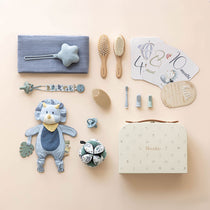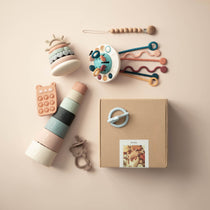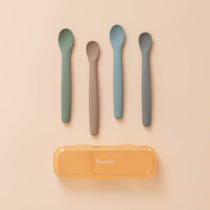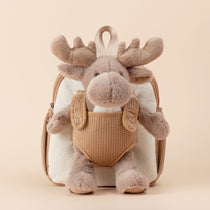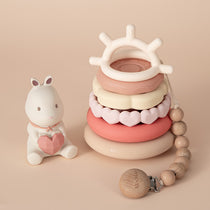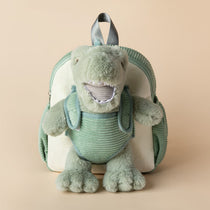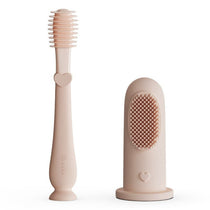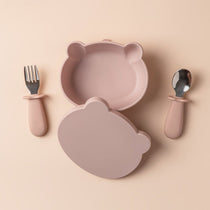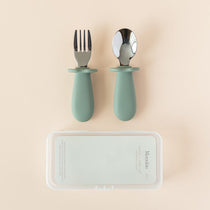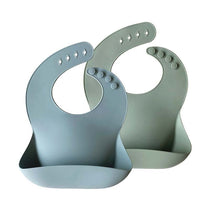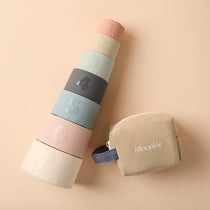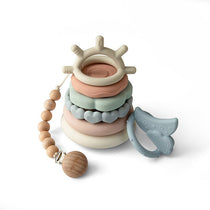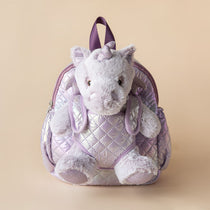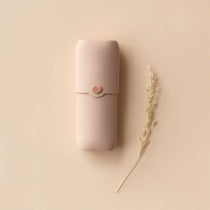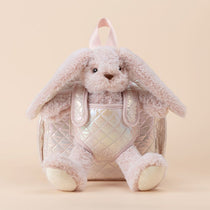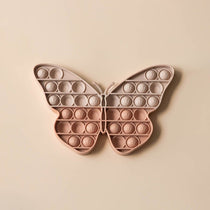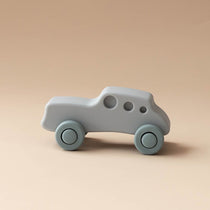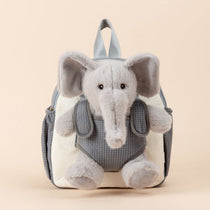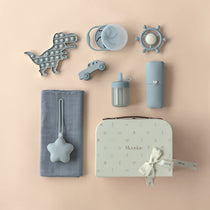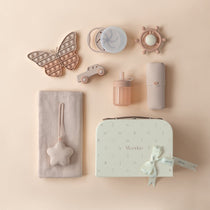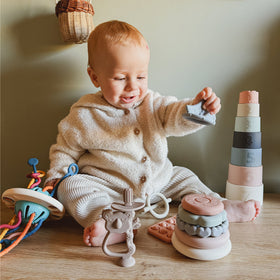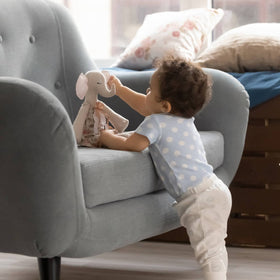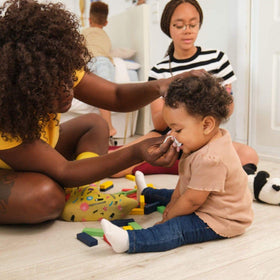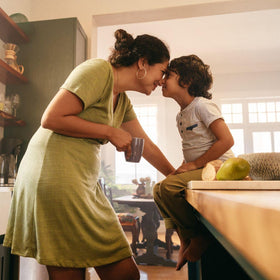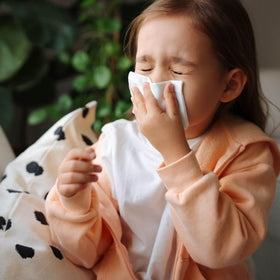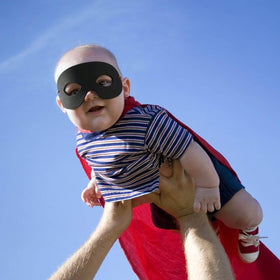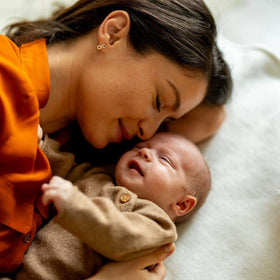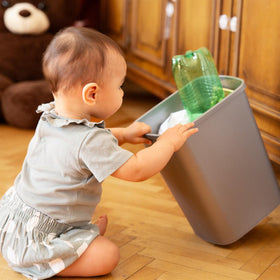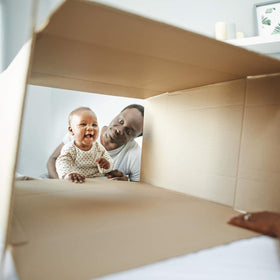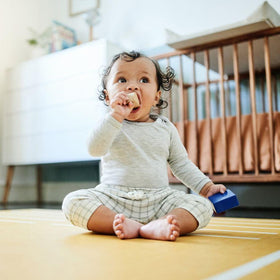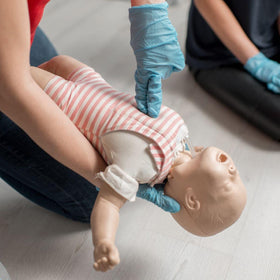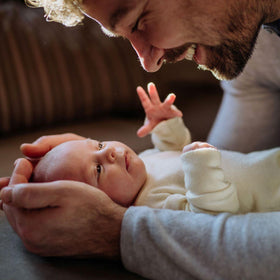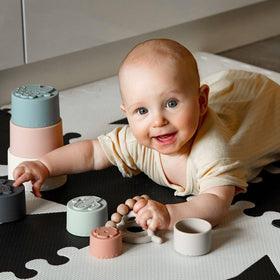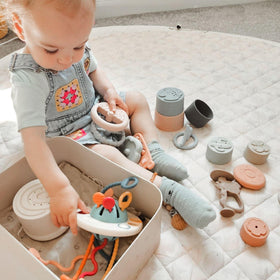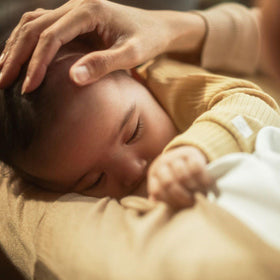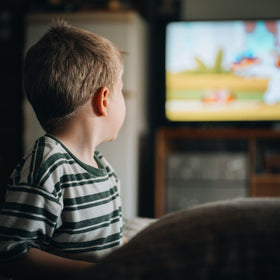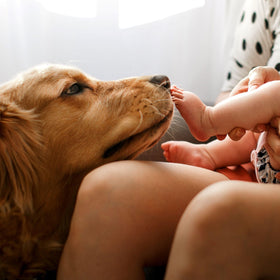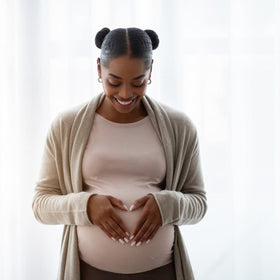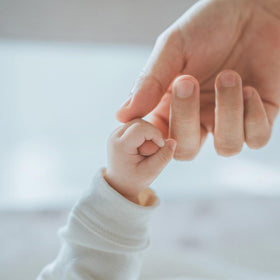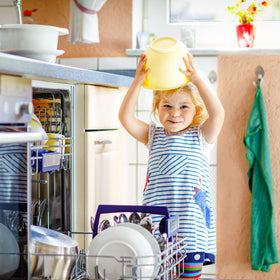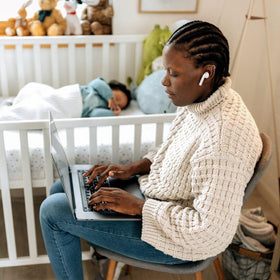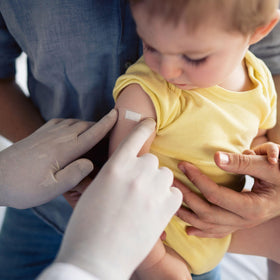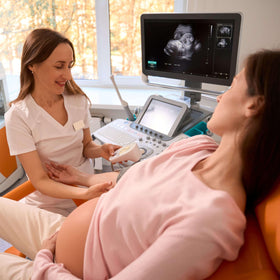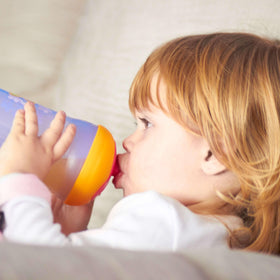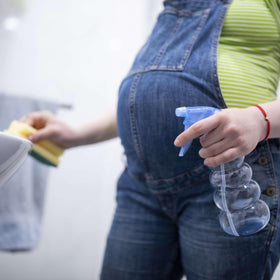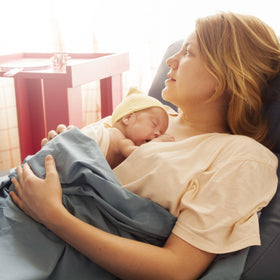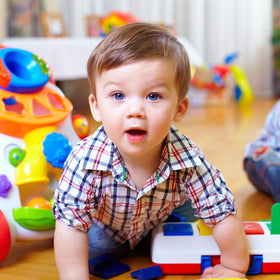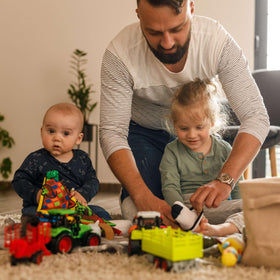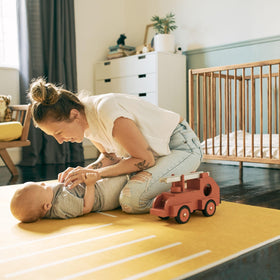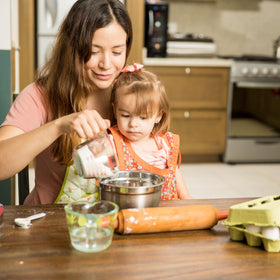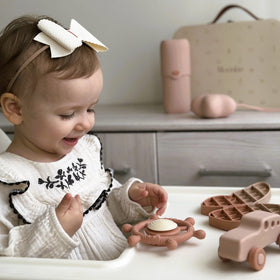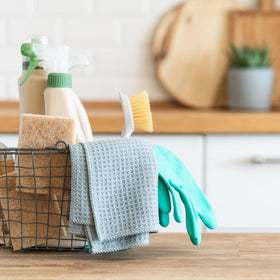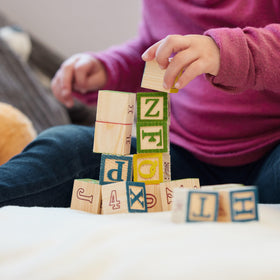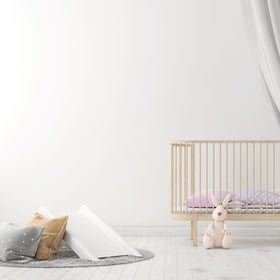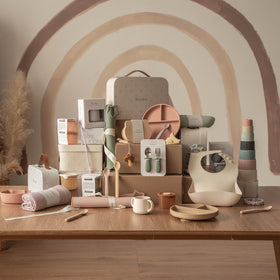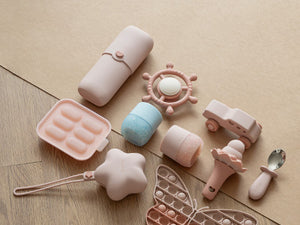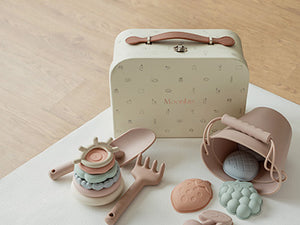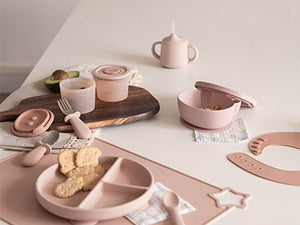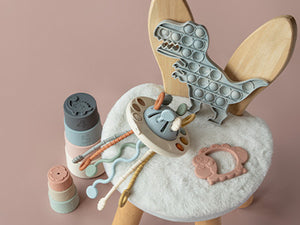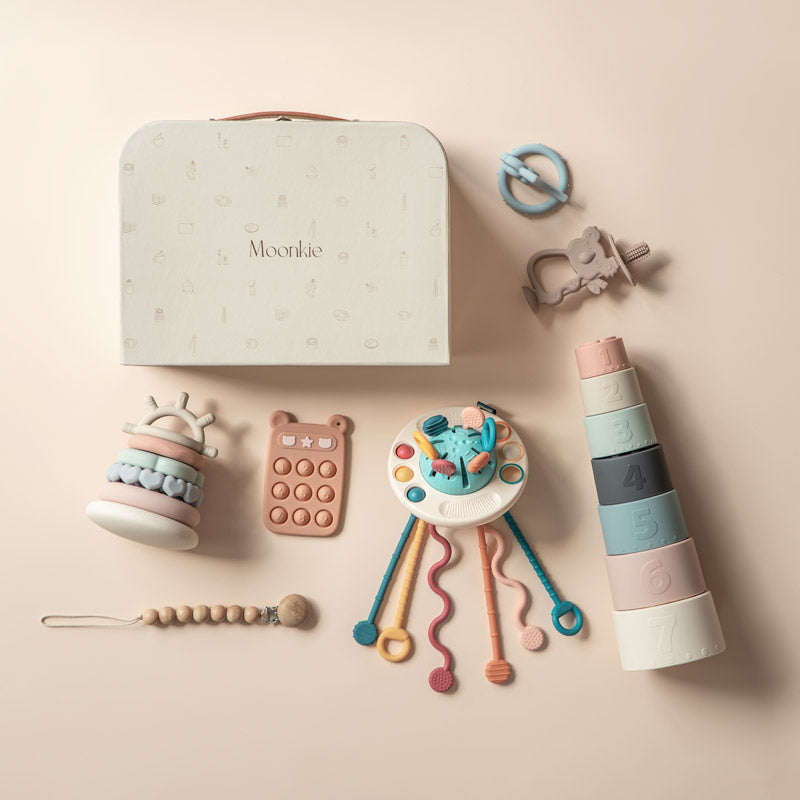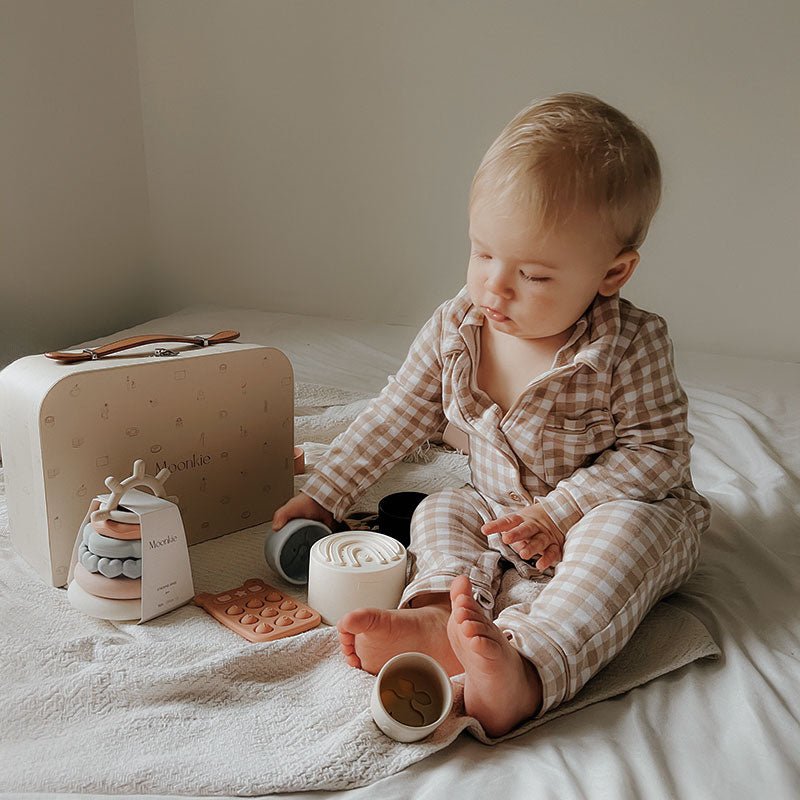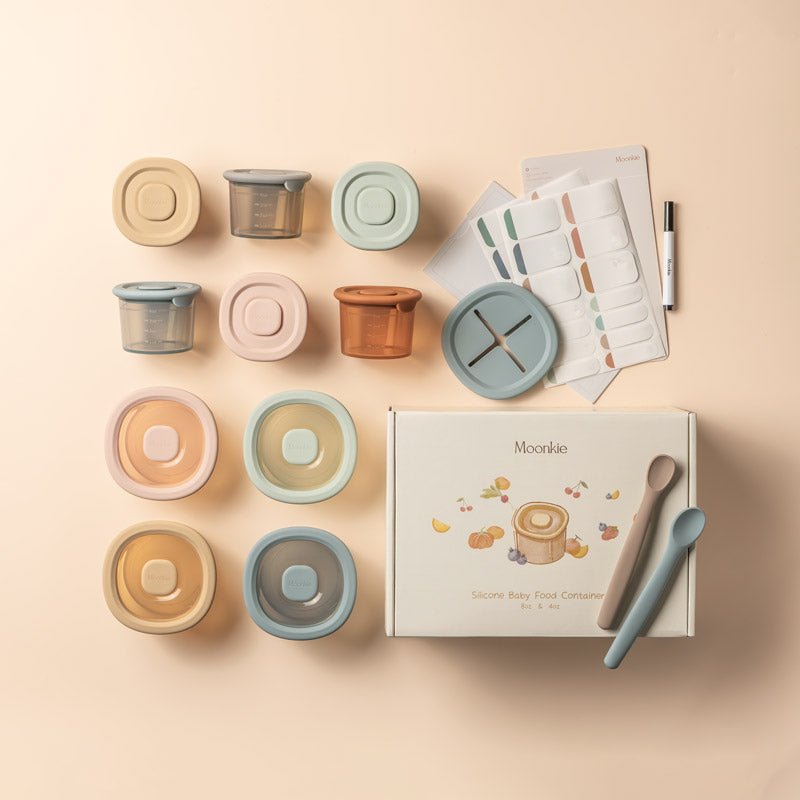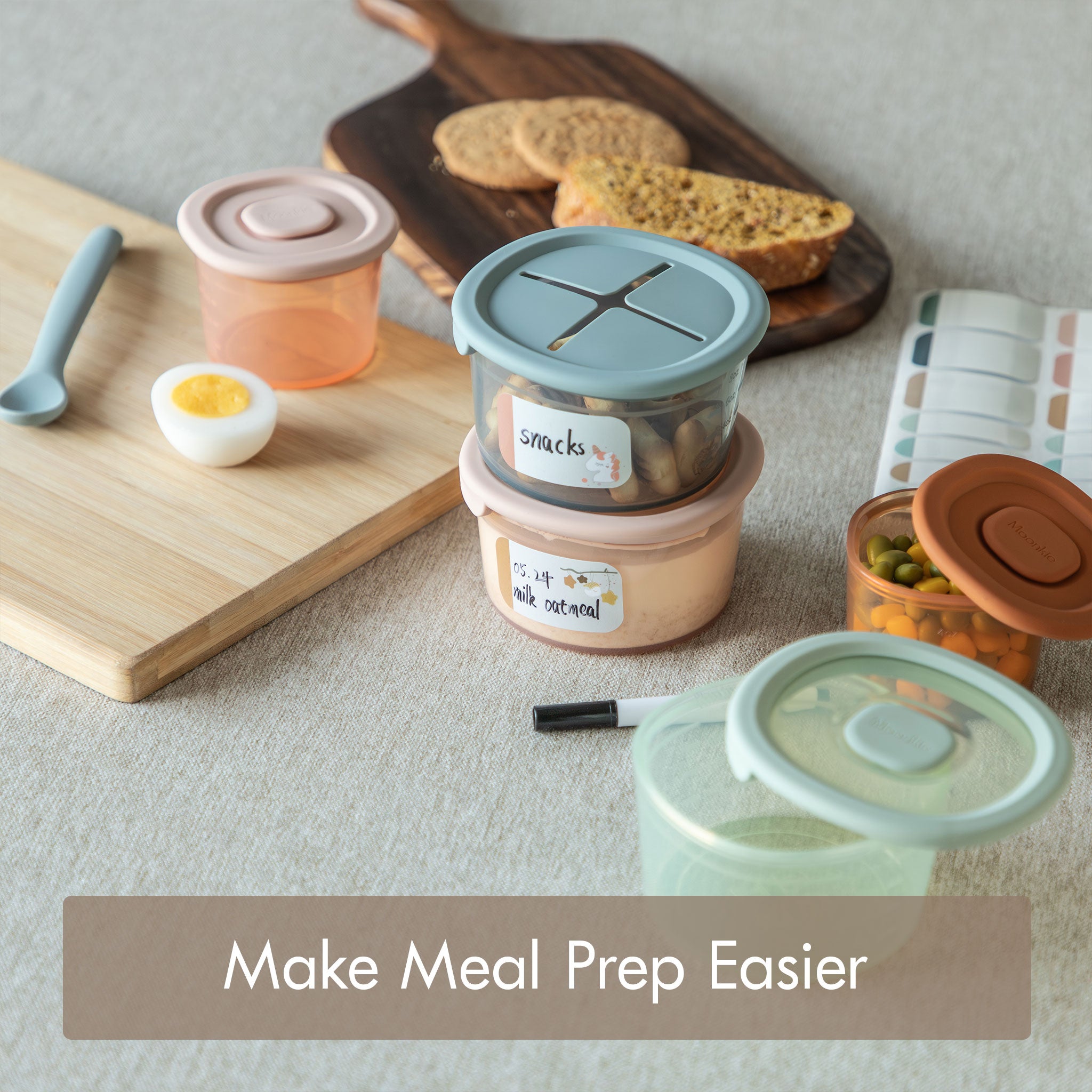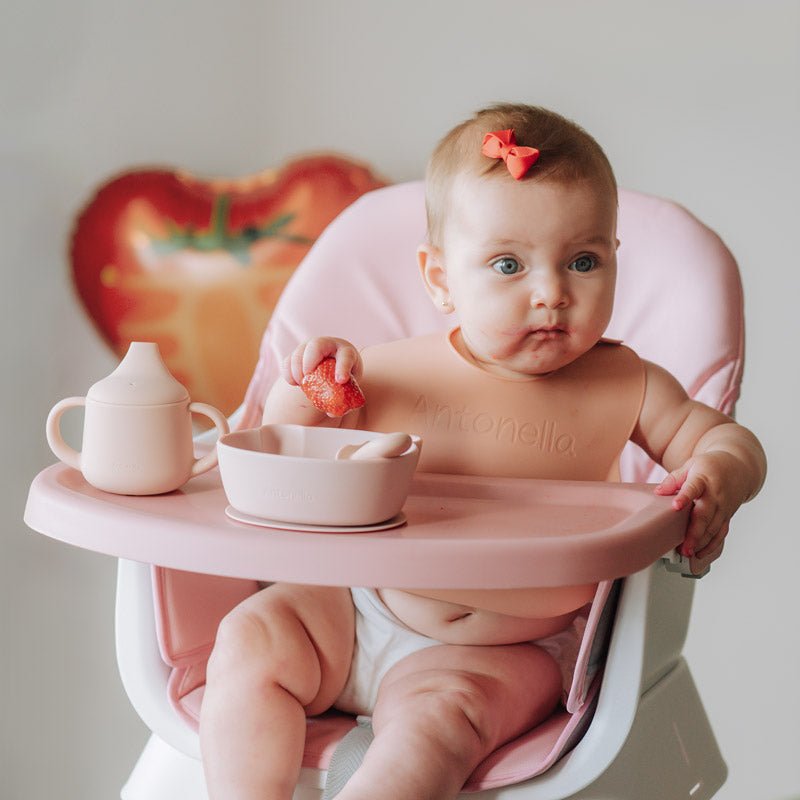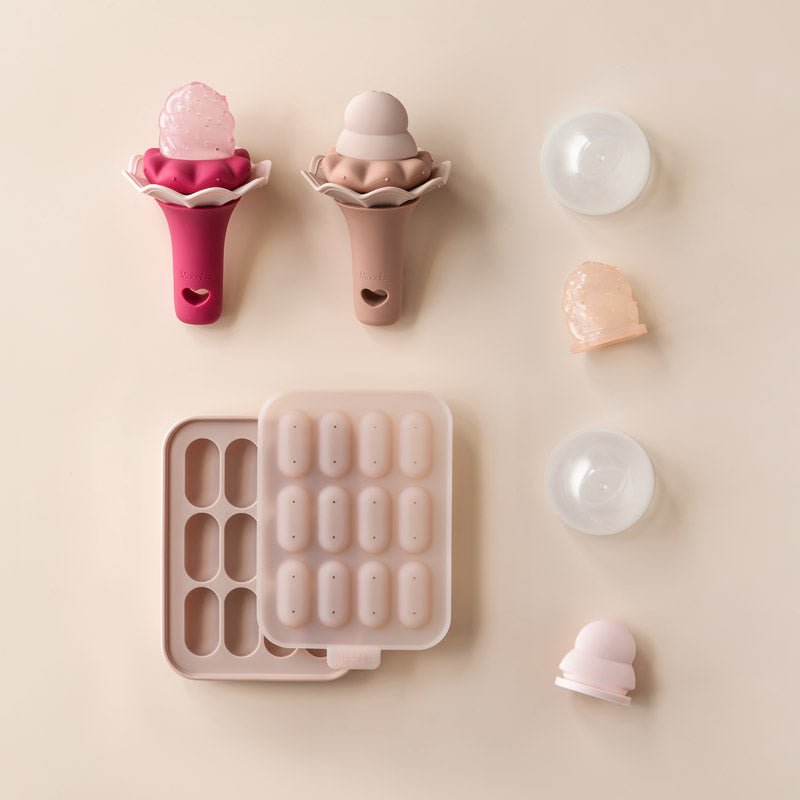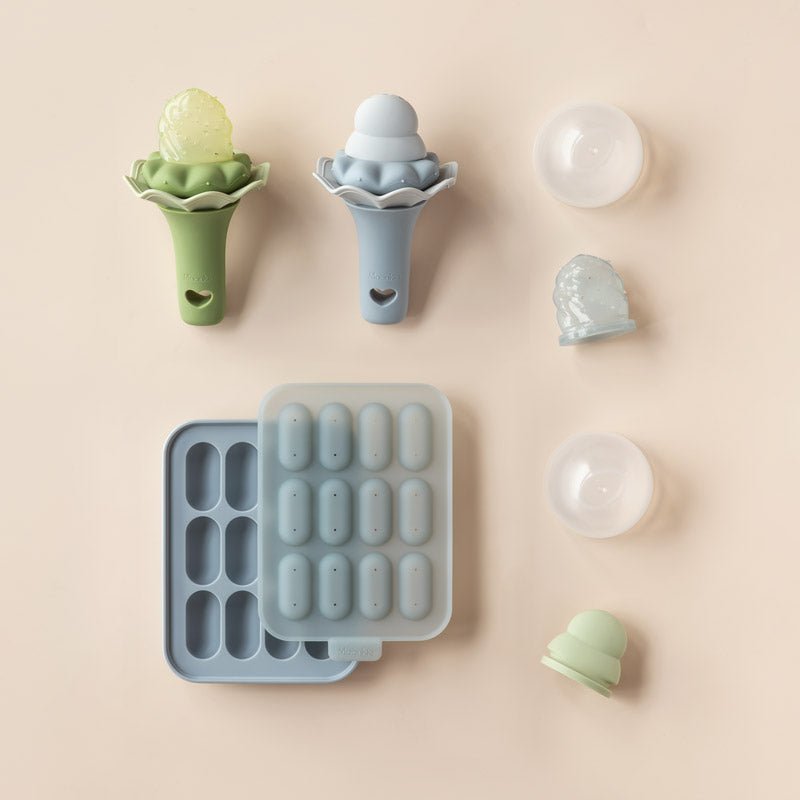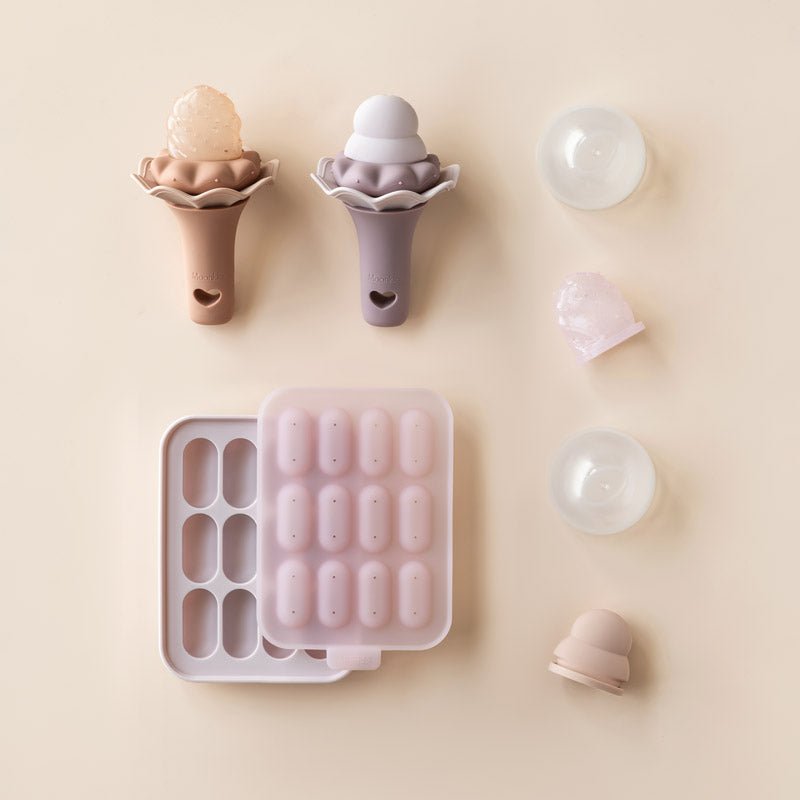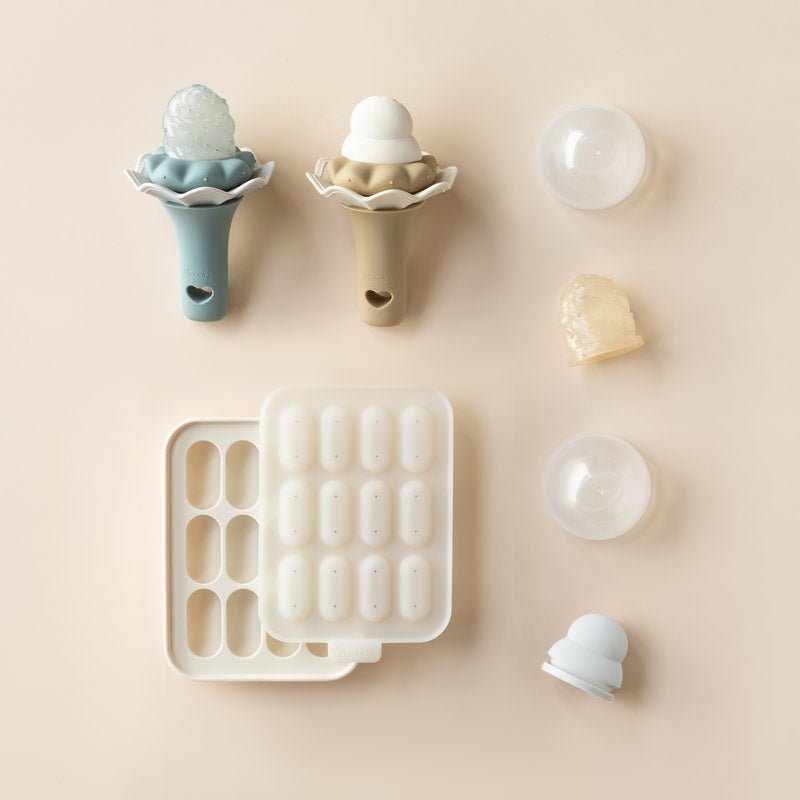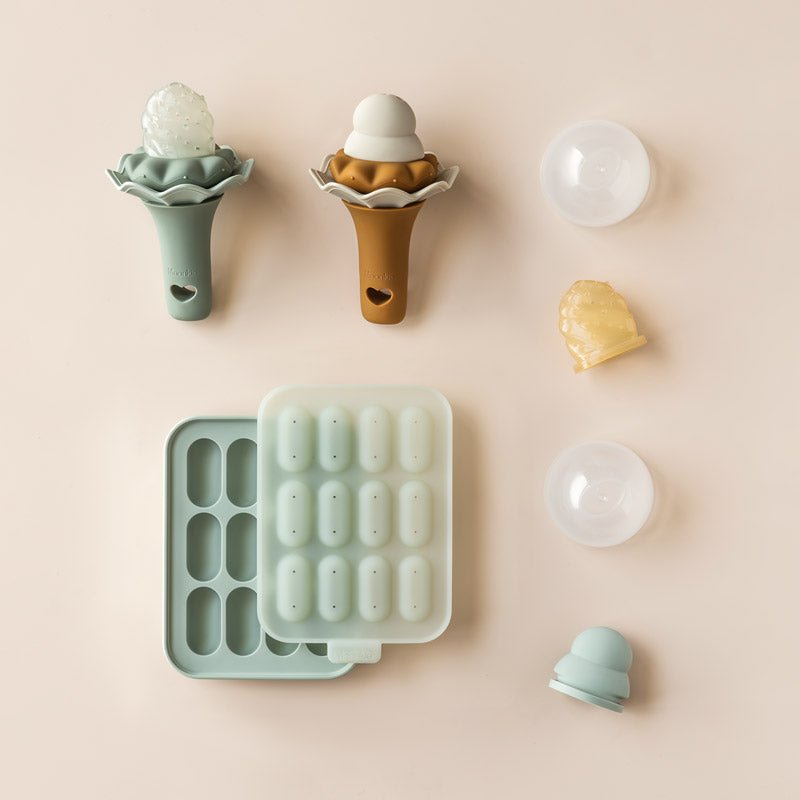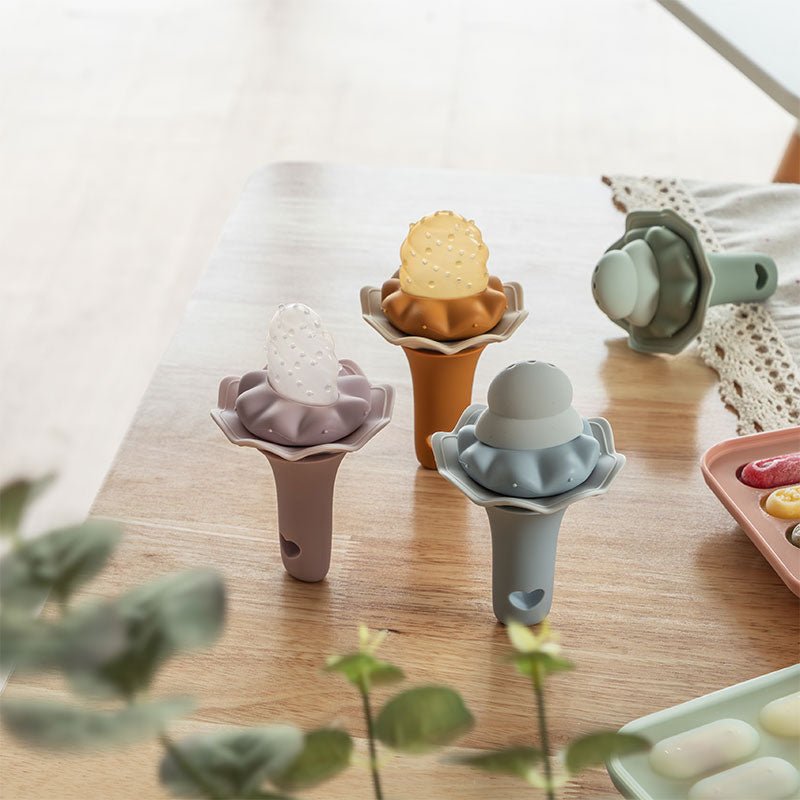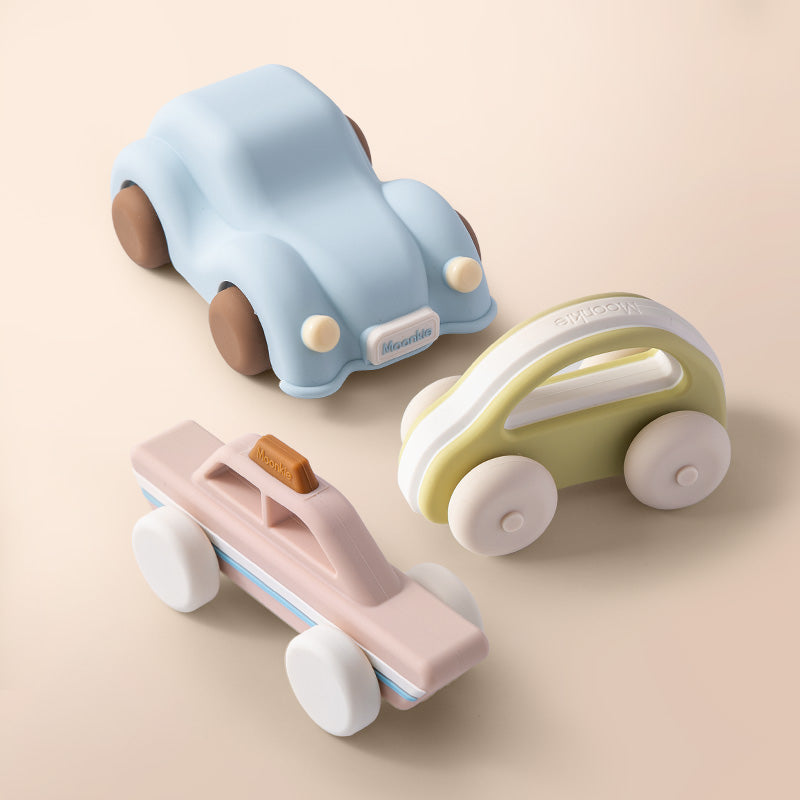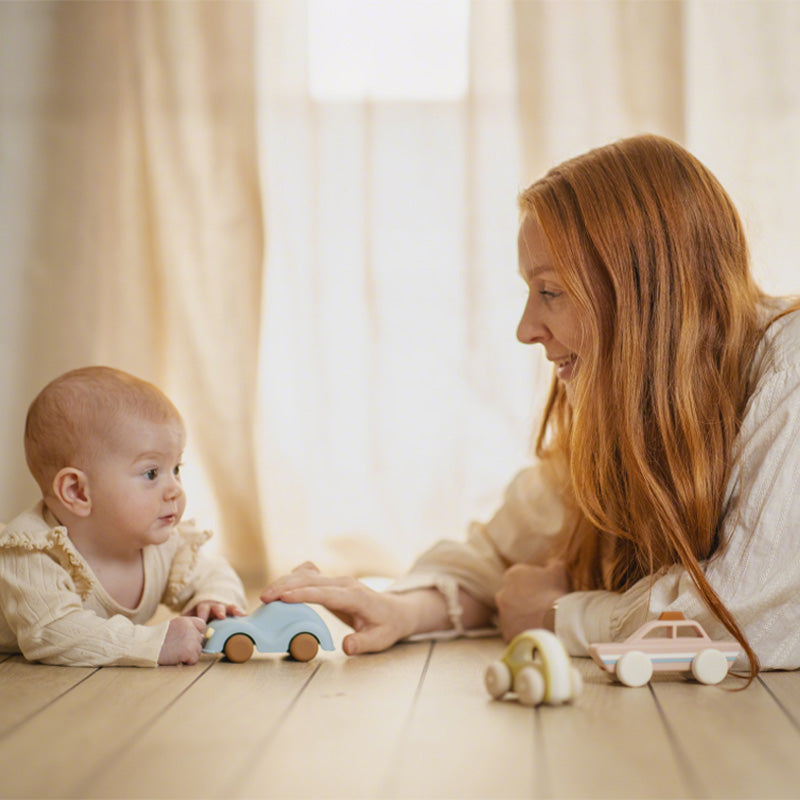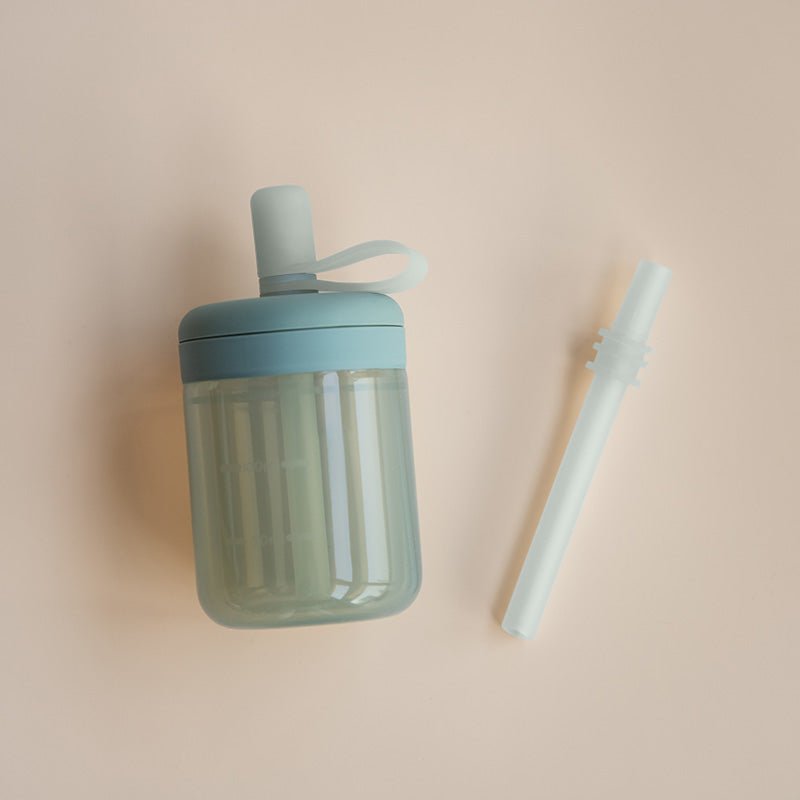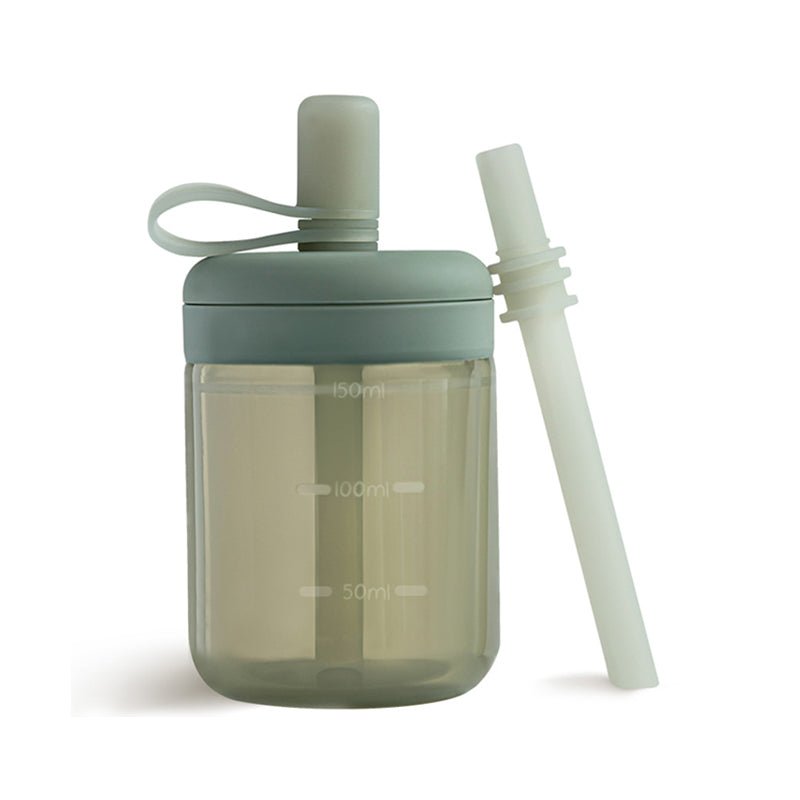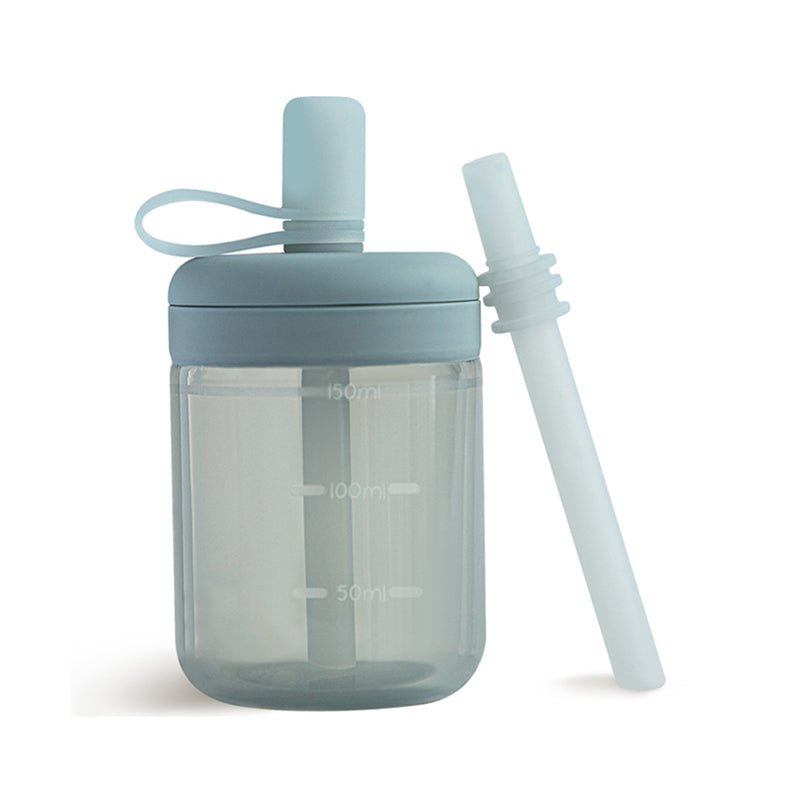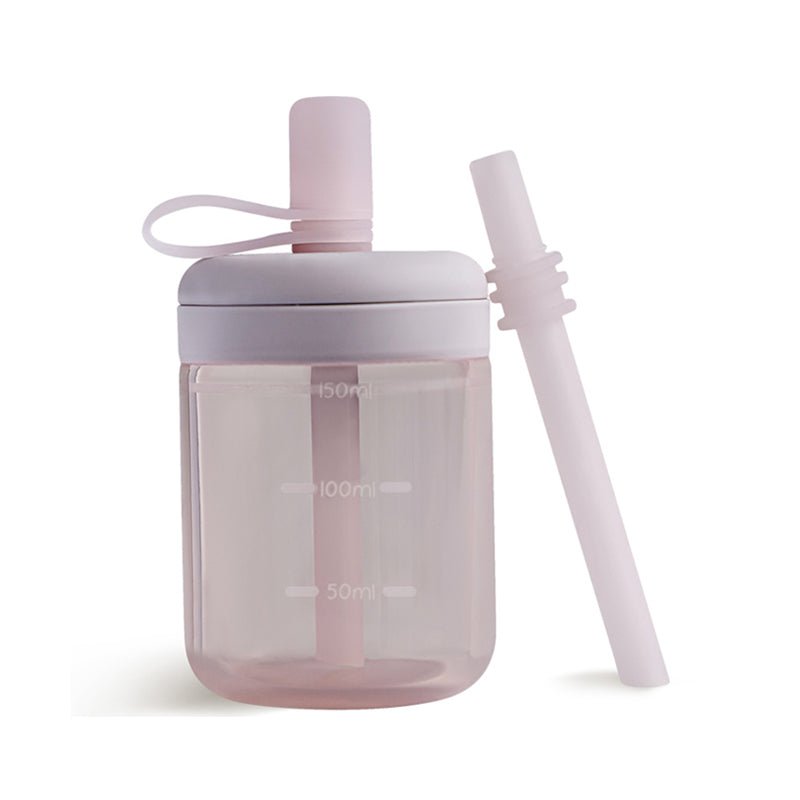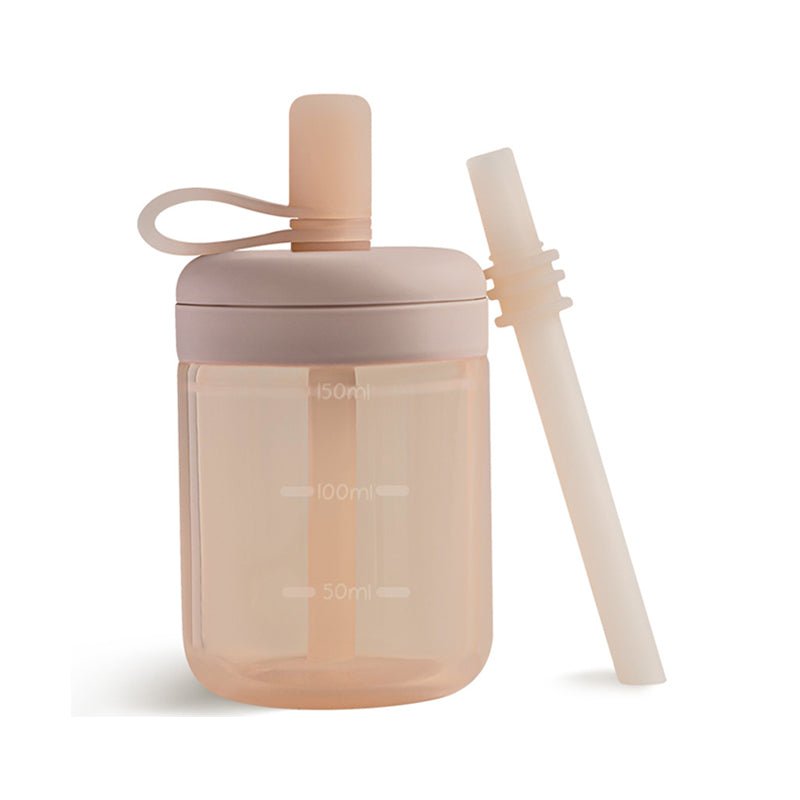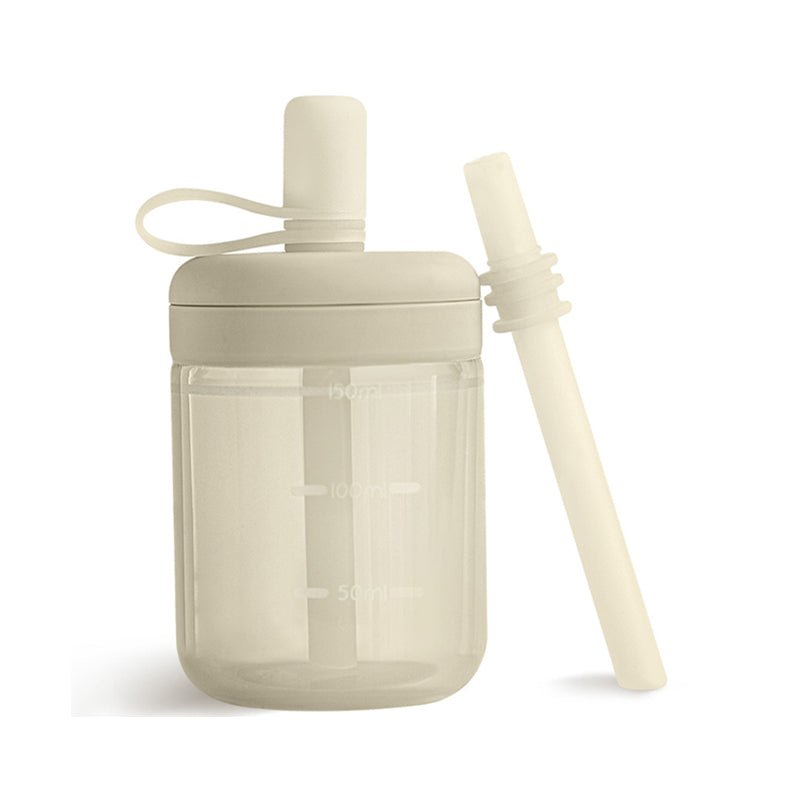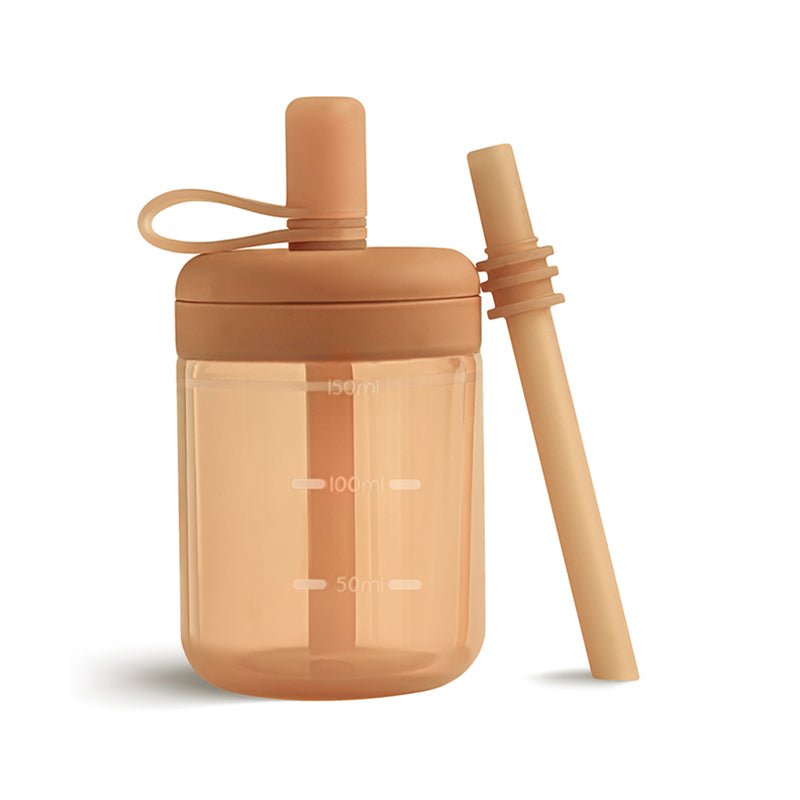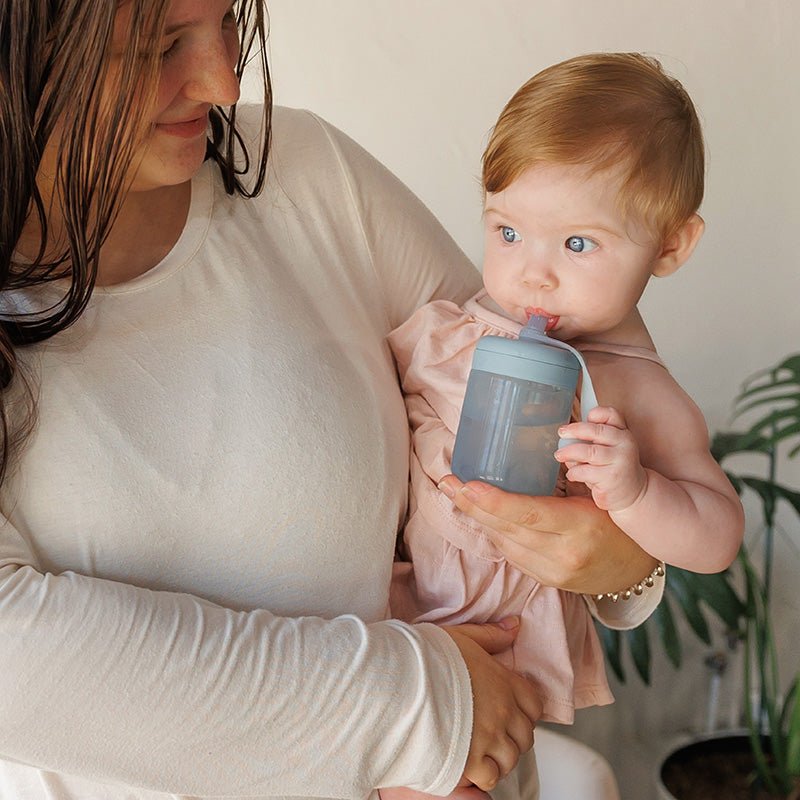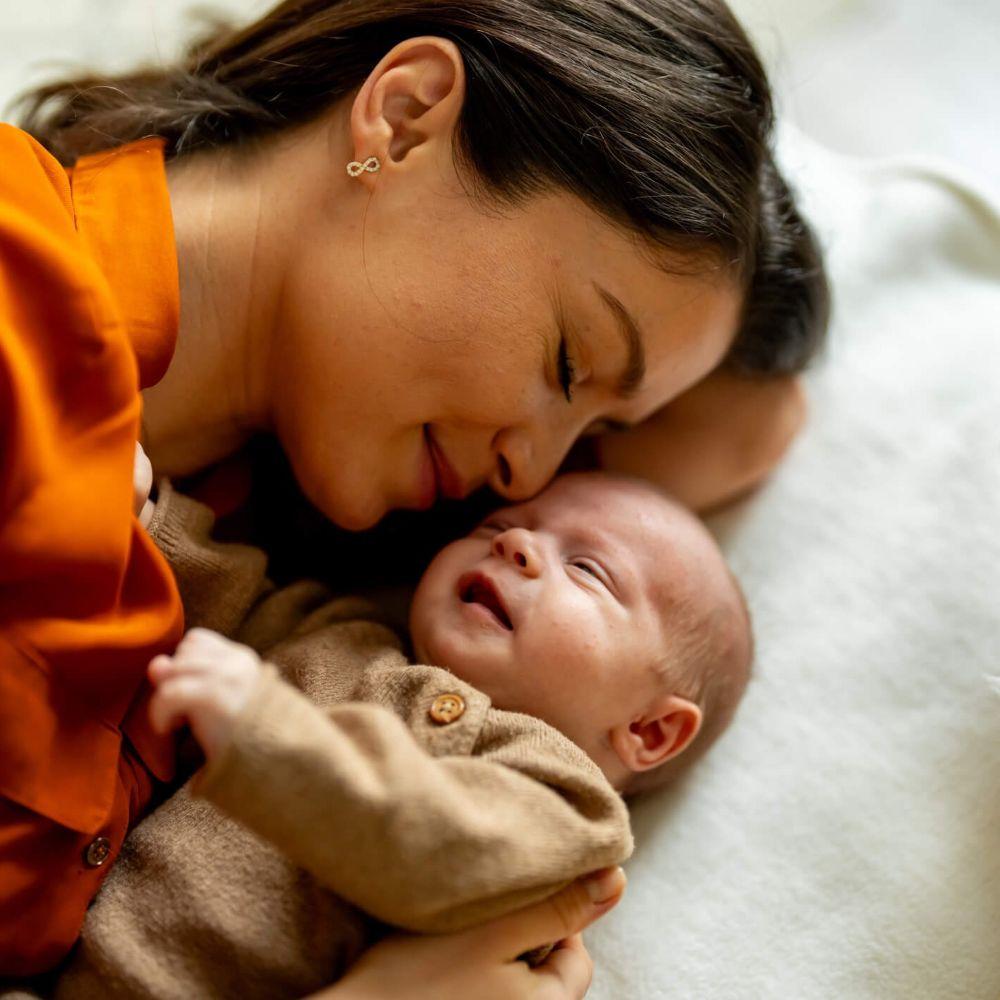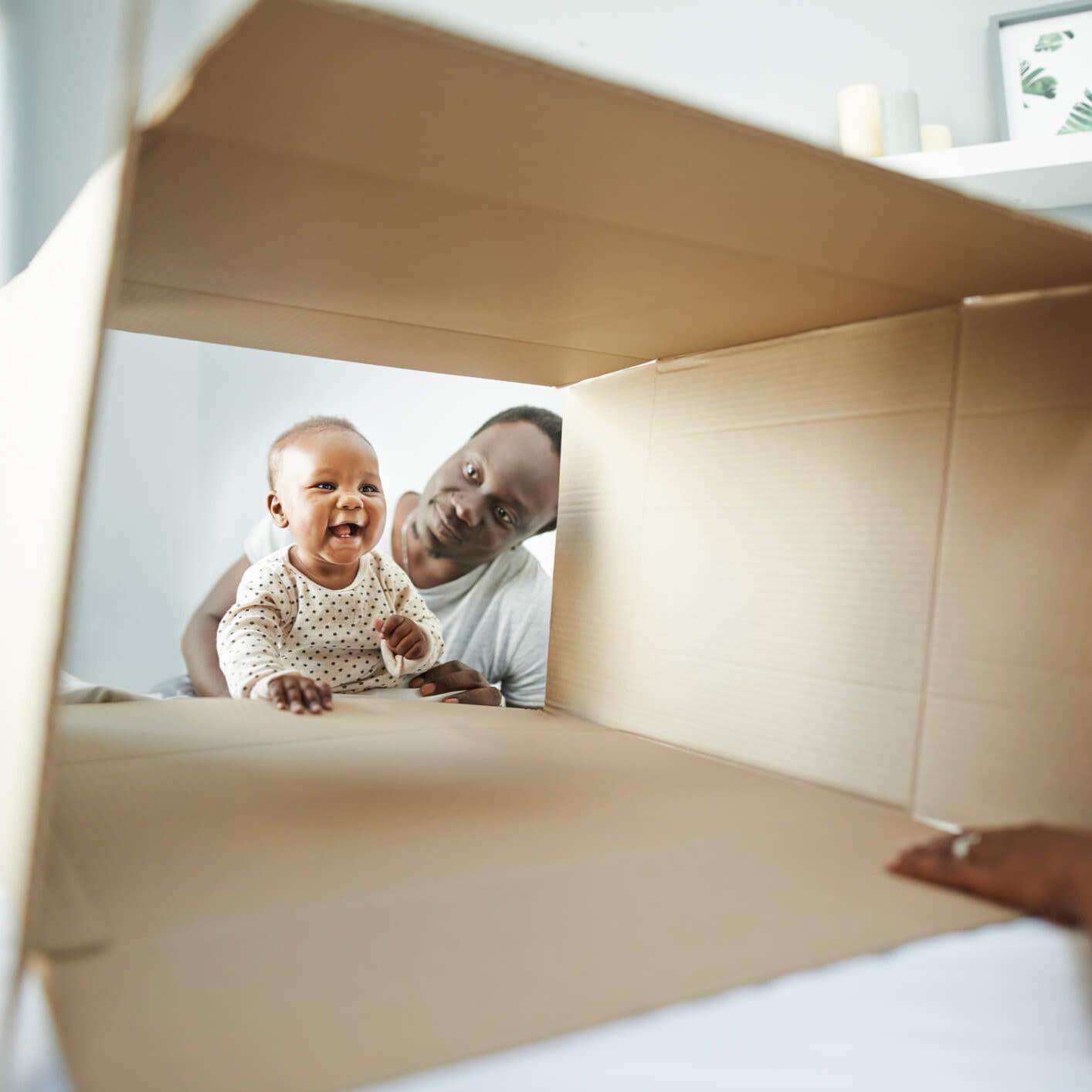Nothing is more terrifying than learning that something potentially harmful for your little is in the air we breathe, the delicious food we eat, and the clean water we drink. Microplastics and their even smaller cousins, nanoplastics, have been found in human placentas, brains, blood, and more. Should we worry about microplastics in our babies?
Microplastic research is not yet clear on how harmful they are to the human body. We don't know how many microplastics are in the body and which types pass through or build up. However, we can minimize the amount of microplastics we expose our children to through lifestyle choices.
Microplastic research is such a new and fascinating area of research that it is easy to jump to conclusions. So, before replacing the plastic in your house or buying into the biodegradable plastic craze, here is what you need to know.
How Prevalent Are Microplastics?
Microplastics are everywhere: the ocean, freshwater sources, the Arctic, the atmosphere, fruits and vegetables, animal products, and our bodies (source). Unfortunately, decades of unrestrained plastic use have created a massive global environmental and health issue.
Microplastics are tiny plastic particles of 5mm or less that can easily get around. They either wear off larger plastic pieces in use or spread out as the larger piece breaks down. Heat is perhaps one of the easiest ways that microplastics are shed from larger pieces.
One of the most daunting facts to consider is that of the 80,000+ chemicals registered for commercial use in the United States, more than 13,000 are used in plastics and plastic production, but less than a dozen are regulated (source, source).
So, we cannot assume that plastic products (or plastic-wrapped products) on store shelves are totally safe for our families. Indeed, there are likely far more unsafe or unknown chemicals in our daily plastics than those we know are safe.
How Do Microplastics Get Into Our Bodies?
Researchers are still exploring how exactly microplastics enter our bodies. Even if you avoid drinking water from plastic bottles and eating food from takeout containers, you can still ingest microplastics.

They are present in many meats and seafood, some fruits and veggies, and even table salt (source)! With so many microplastics in the ocean, it makes sense that they will end up in seafood. But how do they get into fruits and veggies?
Well, recycled sludge from sewage treatment plants being used as fertilizer on farmland contains microplastics, which means plant roots probably absorb those microplastics and pass them on to the rest of the plant (source).
Cattle can pick up microplastics through their diet or the containers they eat and drink from. Moreover, their meat can be exposed to microplastics in processing, wrapping, and shipping.
So, food and water intake is the most common way microplastics enter our bodies. Other ways they could get inside include using single-use menstrual pads and tampons, diapers, bandaging wounds, applying makeup, brushing teeth, and so on.
What Do Microplastics Do to Animals?
Quite a few tests have been performed on animals to understand how microplastics affect cells and body systems. Thanks to these tests, researchers have learned that microplastics can cross the blood-brain barrier, gut barrier, and cell membranes (source).
In 2021, researchers found that mice fed polystyrene micro- and nanoplastics increased their reactive oxygen species (ROS), which, when built up, may kill cells lining the gut or damage DNA (source, source).
When exposed to high concentrations of microplastics, behavior changes in mice suggest brain impairment. Moreover, mice who were pregnant when eating microplastics gave birth to babies with microplastics in them (source).
However, these and other studies exploring microplastic's carcinogenic potential tend to expose animal test subjects to higher microplastic concentrations than humans (source). As tracking microplastics in human tissue, organs, and cells becomes easier, researchers will have more accurate numbers and data to examine.
Why Are Nanoplastics Particularly Concerning?
Nanoparticles are far tinier microplastics that are so small that they can pass through human cell walls (source). Nanoplastics and microplastics have been found in human blood, milk, testes, sperm, placentas, and organs, making them part of a baby's growth in utero (source).

Is that bad? Microplastics might hurt humans in two primary ways: by chemically disrupting our body's systems or "piling up" enough to cause blockages in our circulatory, digestive, or respiratory systems (source).
A recent study found that nanoplastics are small enough that they can attach to human red blood cells, stretch the membrane, and deform the cell (source). Deforming red blood cells like this could interfere with their ability to efficiently transport oxygen.
In 2024, a study on nanoplastics and artery plaque in people recovering from surgery for carotid artery stenosis found that the risk of stroke, heart attack, or death was 4.5 times more likely for those who had nanoplastics in the blood than those who didn't (source). More research needs to be done, but that number is significant!
Should I Be Concerned for My Baby?
From the way things appear now, microplastics and nanoplastics are potentially dangerous mechanically (by physically building up or interfering with the body) or toxically (by leaching the chemicals they are made of).
Until more research is available, we know that microplastics are present in animals and humans and can interfere with bodily systems, but we don't know for sure how much they interfere or how much damage they actually cause. It will take time.
Anxiously wringing your hands over your baby's exposure to microplastics will not help. Your baby needs you to be present! However, you can take some simple steps to lessen your baby's exposure without adding extra stress to your life.
For information about plastic toy choices, read Are Plastic Toys Bad for Babies?
Are Biodegradable Plastics Better for My Baby?
Biodegradable plastics are built to break down faster than traditional plastic. The trick is that conditions must be right for biodegradable plastics to fully break down.
If not put in an industrial composting facility with high heat and plenty of moisture, biodegradable plastics will break down into microplastics that could still stubbornly hang around in the environment (source).
Furthermore, biodegradable plastics are not safer for your baby just because they are designed to break down faster than traditional plastics. They still release chemicals as they degrade.
So, opting for biodegradable plastics in your shoes, outdoor toys, and the like makes sense because the mechanical wear and tear on such items leaves plastics in the environment. If conditions work out, those microplastics will break down in the soil.
However, biodegradable plastics may not be the best choice for your little one's teethers, dinnerware, cups, bottles, and other items that will experience lots of heat and moisture when used or cleaned.
Biodegradable plastics are made to break down quickly in the environment, so reserve them for single-use plastics and items that don't go through lots of heat and water. They don't need to break down while your baby is using them!
5 Simple Steps to Minimize My Baby's Exposure to Microplastics
Though microplastics and nanoplastics are virtually impossible to avoid entirely, you can minimize your baby's exposure to them by making some smart lifestyle choices. The most obvious change is swapping plastic products out for other materials.

However, switching everything over at once would be expensive and environmentally unhelpful. Switch things over as you can, and recycle plastics according to their recycle rating number.
In the meantime, here are 5 straightforward steps you can take now to minimize your baby's exposure to microplastics (even in sleep deprivation!).
1. Don't Microwave Plastics
Here is the easiest step: don't microwave plastics! Plastic bottles, containers, dishes, and breastmilk bags should not be microwaved because microwaving plastics cause them to leach chemicals, especially BPA and phthalates (source).
Running plastic containers and bottles through the dishwasher should also be avoided. The heat can weaken the plastic and cause more chemical leaching.
2. Use Glass Bottles and Storage Containers
Put food into glass or Pyrex containers for microwaving. To save dishes, consider investing in food storage containers you can refrigerate, freeze, heat, microwave, and put through the dishwasher.
Glass, Pyrex, and high-quality food-grade silicone containers are fantastic options. Silicone is my favorite because it is far more durable than glass or Pyrex.
However, I use glass or Pyrex for casseroles and gooey desserts because I don't want my metal serving spoons to scratch the silicone. Scratching silicone can create a weak spot, which could make it easier to tear later.
3. Avoid Plastic Bottles
Plastic baby bottles are terribly convenient, so they are everywhere. Thanks to regulation, though, they are far safer today than they used to be. However, glass baby bottles are superior because they do not leach chemicals when heated or washed in the dishwasher.
Plastic sippy cups and training cups are cheap, but they can also leach chemicals when heated. Stainless steel and glass alternatives are loud or dangerous when dropped by a busy toddler. A silicone training cup is a nifty, durable, and safe option for your little one!
Have you heard about the debate around sippy cups, straw cups, and open cups for babies and toddlers? Learn more about it in Open vs. Sippy Cups: Which is Better for Your Baby's Speech Development?
You Should Avoid Plastic Bottles Too
You should also avoid drinking beverages from plastic bottles, especially if you are pregnant and concerned about microplastics.
Though your drink is cold when you buy it, it may have been warm on a loading dock, in a delivery truck, or on a shelf for a while. This isn't a problem unless the bottle was exposed to sunlight for a while or sat in the summer heat.
The warmer your bottle got, the more microplastics and chemicals were likely released into your drink.
4. Use Homemade Cleaners
Using homemade cleaners helps you avoid cleaning chemicals that have been sitting in plastic bottles for who knows how long and saves you money. Many nifty homemade cleaners are just as effective as the stuff at the store, too (source)!
For example, mixing one part white vinegar with one part water in a glass spray bottle gives you a versatile all-purpose cleaner. You just need to know what to avoid spraying vinegar on.
Homemade cleaners can also be a safer alternative to whatever you buy at the store, but you need to know what to avoid blending. Read more about common household items toxic to your baby in 25 Common Household Things That Are Toxic to Your Baby.
5. Buy Organic Produce
Organic produce is likely not fertilized with mass fertilizers from water treatment plants, which reduces the amount of microplastics in it. However, how the produce is grown (in plastic containers or in the ground) and packaged matters.
You can buy your produce from organic-certified local growers at your nearest farmer's market. Though it is more expensive than buying produce at the store, you will support a local farmer and provide your family with cleaner produce.
Is Silicone Better Than Plastic?
Silicone is better than plastic for baby toys and products because it is chemically inert, doesn't degrade like plastics, and doesn't break down into microplastics. That is why you see so much medical-grade silicone in hospitals, medical devices, and implants (source).
Plastic is a petroleum-based polymer that can shed microplastics, while silicone is a synthetic polymer made of silicon (sand), carbon, oxygen, and hydrogen atoms that stay together. Moreover, silicone can excellently handle high and low temperatures, water, toddlers, and grime.
Like plastic, silicone can stain or hold strong odors from tomato sauce, beets, berries, and pesto sauce, but immediate washing and soaking will help mitigate staining tremendously.
The certification rating of silicone matters. Food-grade silicone can be rated FDA-grade or LFGB-grade.
FDA-grade silicone passes the U.S. government's food safety standards.
LFGB-grade silicone passes more stringent European standards with extra durability.
At Moonkie, we use both FDA-grade and LFGB-grade silicone. We NEVER use a lesser grade to ensure our little customers' safety. LFGB-grade silicone is expensive, so we reserve it for items that need extra durability (teethers, baby food pouches, pacifiers).
If you have questions about silicone safety for baby toys, read Pros and Cons of Silicone Baby Toys: A Comprehensive Guide for Parents.
In a Nutshell
Is debating microplastics on a baby blog making mountains out of molehills? No! Learning about microplastics and their potential effects on the human body informs your purchasing decisions and lifestyle habits.
By taking small, informed steps now, you could potentially help your little one's health years down the road. And what if all this worry over microplastics ultimately amounts to nothing? Then, you made the best choices you could with the information you had at the time. Better that than the other way around!

